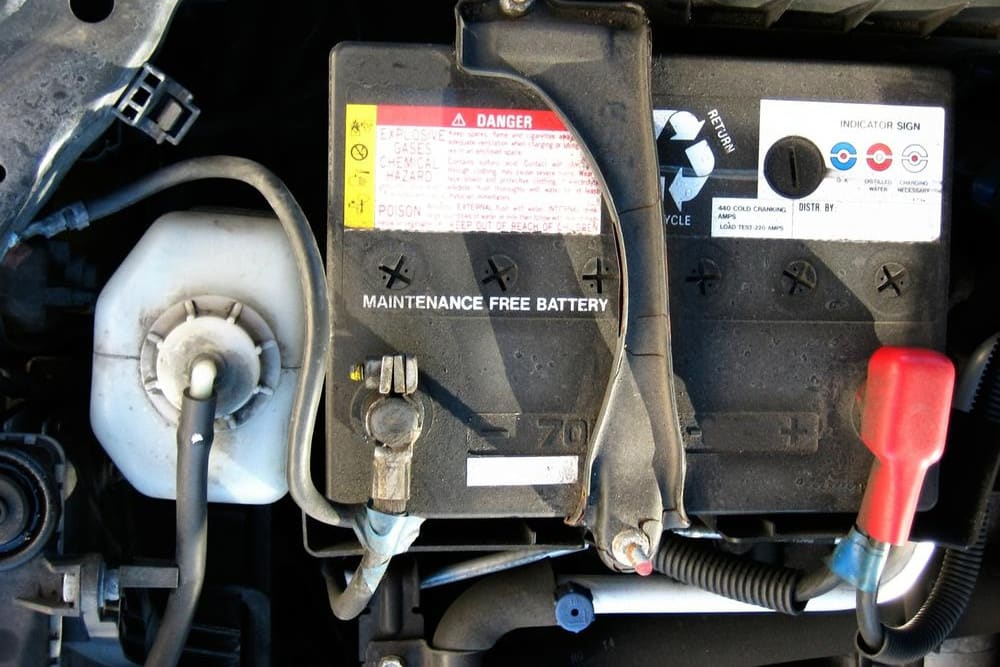

Your car’s coolant system is responsible for helping to keep the engine at the correct operating temperature. Overheating can cause serious damage, so coolant is used to absorb heat from the engine and then disperse it into the atmosphere.
When you tighten the cap on the radiator, the coolant system is sealed and it will pressurize as the coolant heats up. The problem here is that coolant expands when it gets hot. Because the coolant system is closed, there must be somewhere for the expanding coolant to go without allowing air in. This is where the surge tank or coolant reservoir comes into play. You’ll usually find it on the passenger side of the car, close to the radiator. A surge hose is what connects the reservoir/surge tank to the radiator and allows coolant to move back and forth as it expands and contracts with heating and cooling.
Like most other hoses on your car, the surge tank hose is made of rubber. It’s designed to withstand heat from the coolant, but it will begin to deteriorate over time. High heat from the engine, contaminants, even exposure to coolant itself will eventually degrade the hose. Throw in the possibility of oil getting onto the hose and you have a recipe for failure (engine oil will deteriorate the hose).
There’s no set lifespan for the surge tank hose, but it’s a common part for failure. It should be inspected at every oil change, and definitely at every coolant system service. In most cases, you can probably expect to see between five and eight years of use form the hose, barring damage from oil.
If the surge tank hose fails, you will lose coolant, which can cause the engine to overheat. There’s also the possibility that the radiator will suck in air, which can also cause the engine to overheat (called airlock). Knowing a few sings to watch for that indicate your hose is close to failure will help you prevent this from happening:
- Hose has bulges in it
- Hose feels brittle or “crunchy”
- Hose feels abnormally soft
- Signs of coolant leaks at either end of the hose
- Cracks in the hose
- Gouges, discoloration or nicks in the hose
- Overheating engine
If you suspect that your surge tank hose doesn’t have much longer to live or you’re experiencing any of these symptoms, a certified mechanic can help to inspect your coolant system and replace the surge tank hose if necessary.



